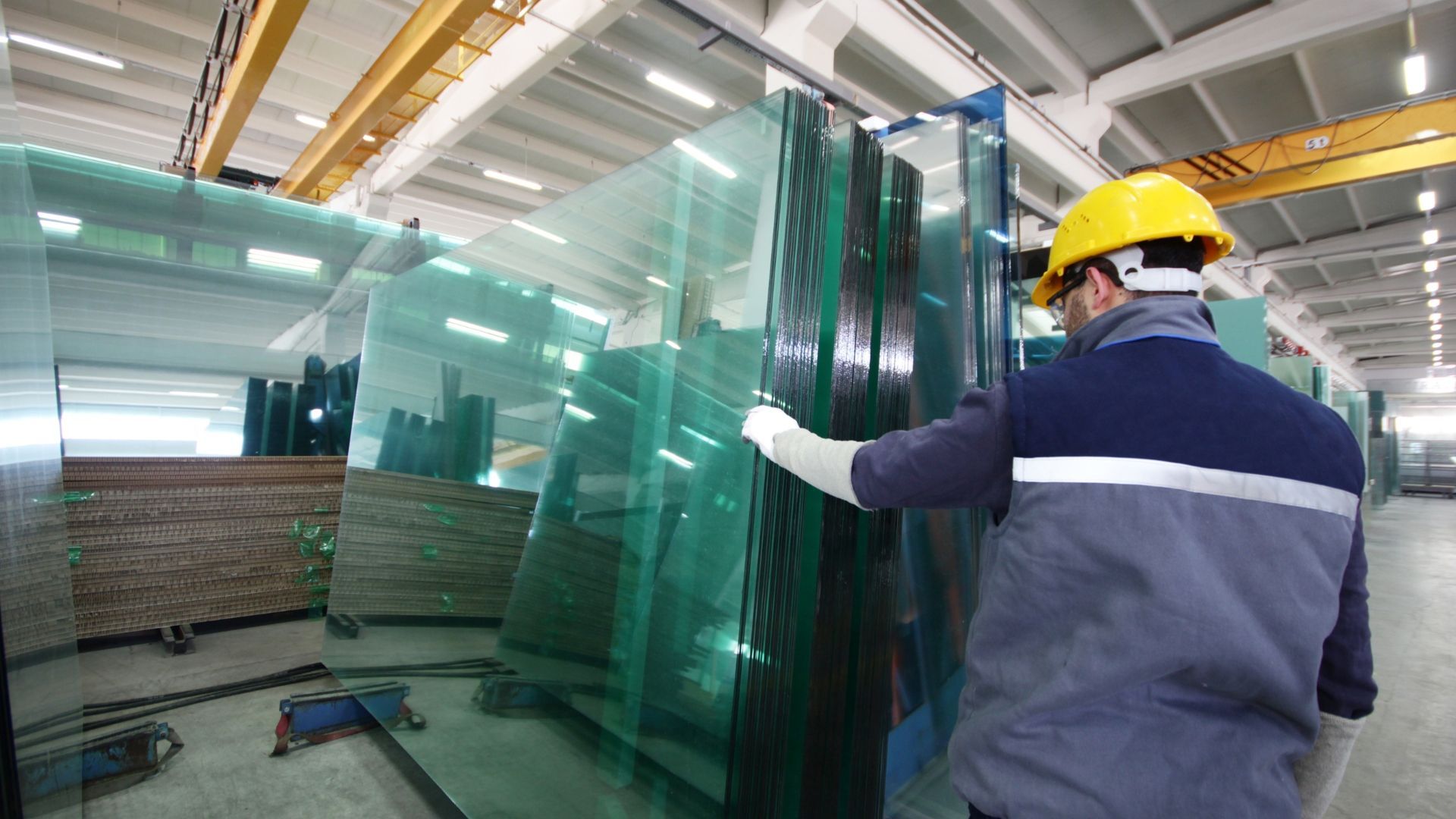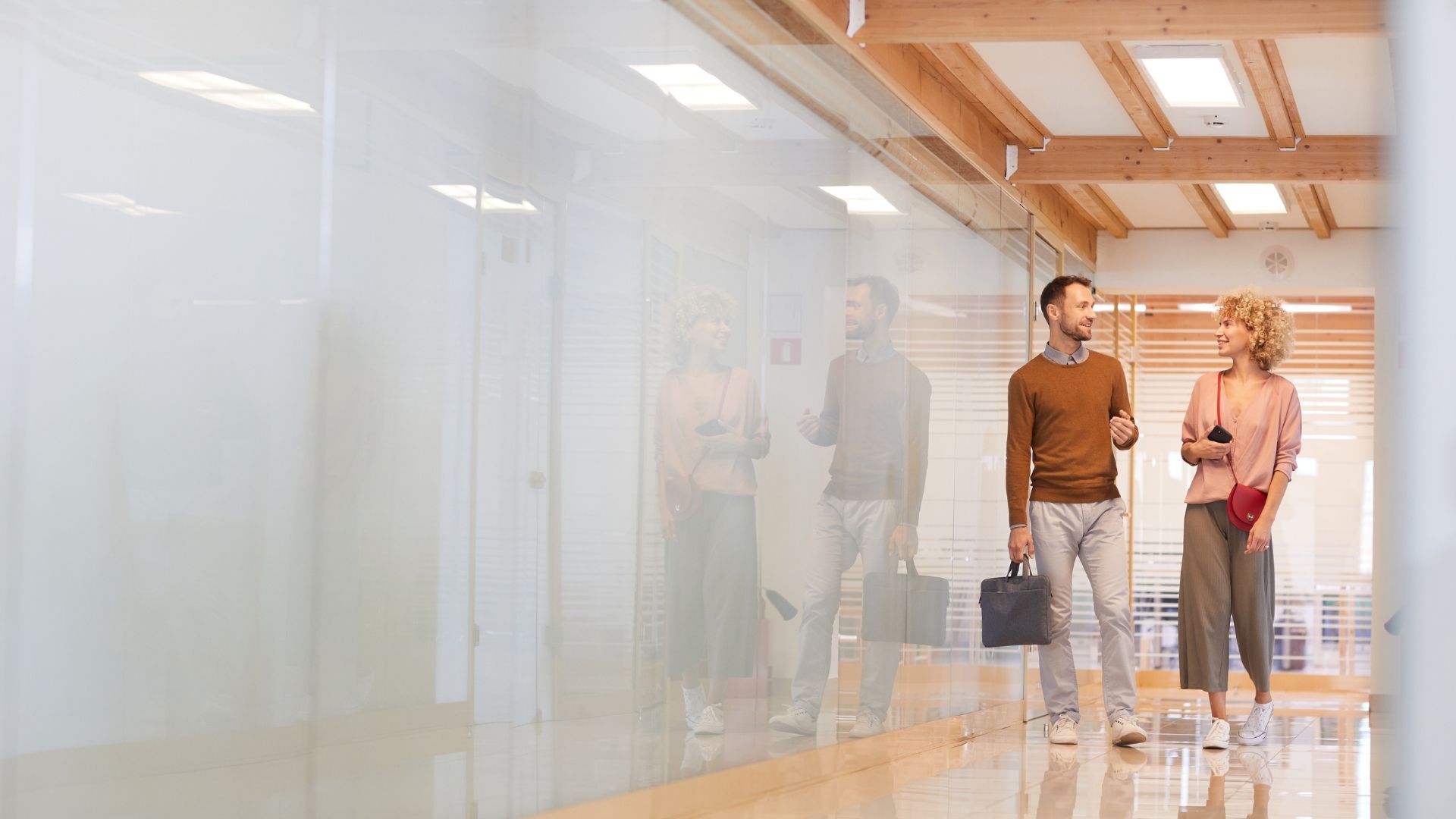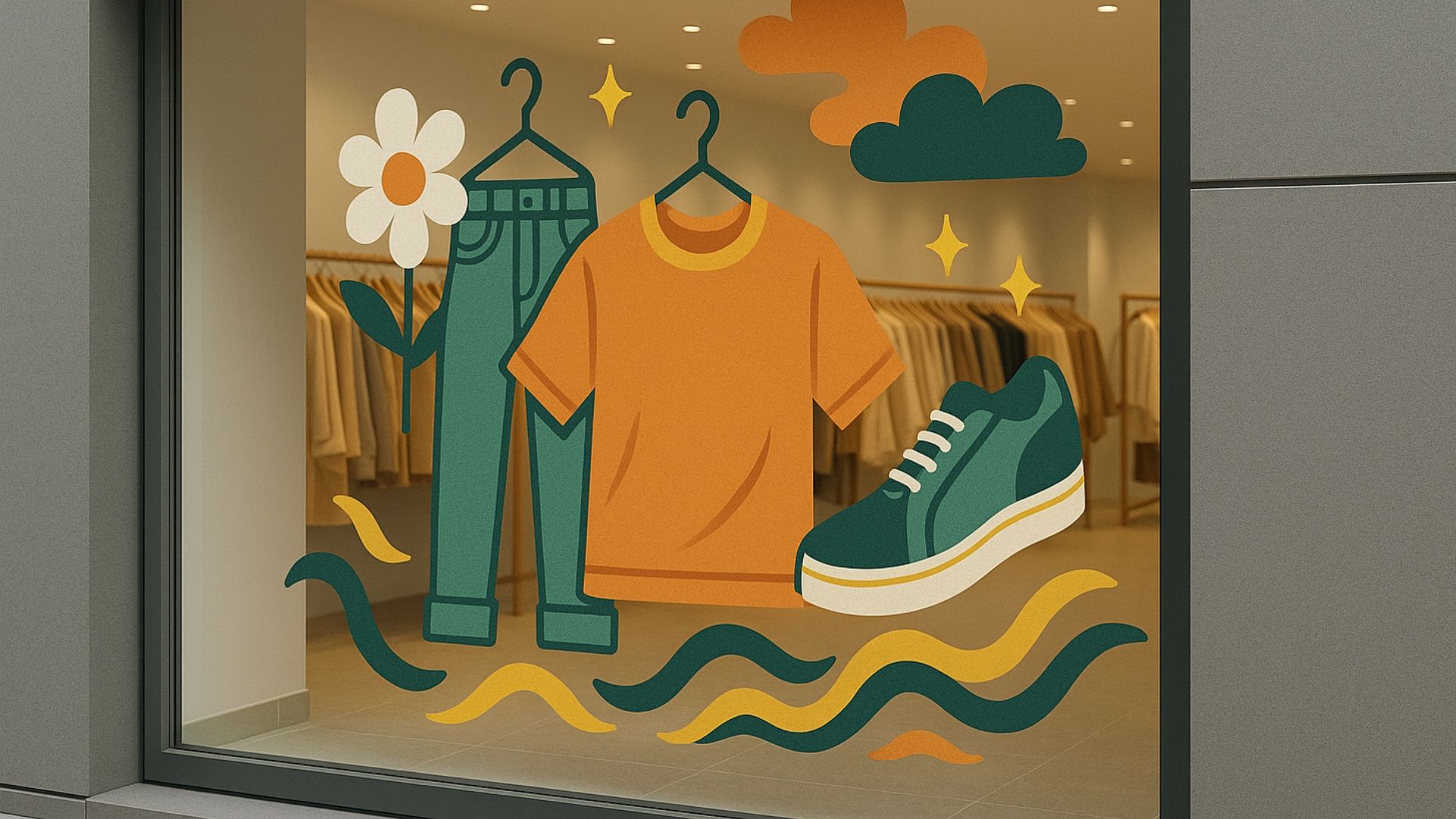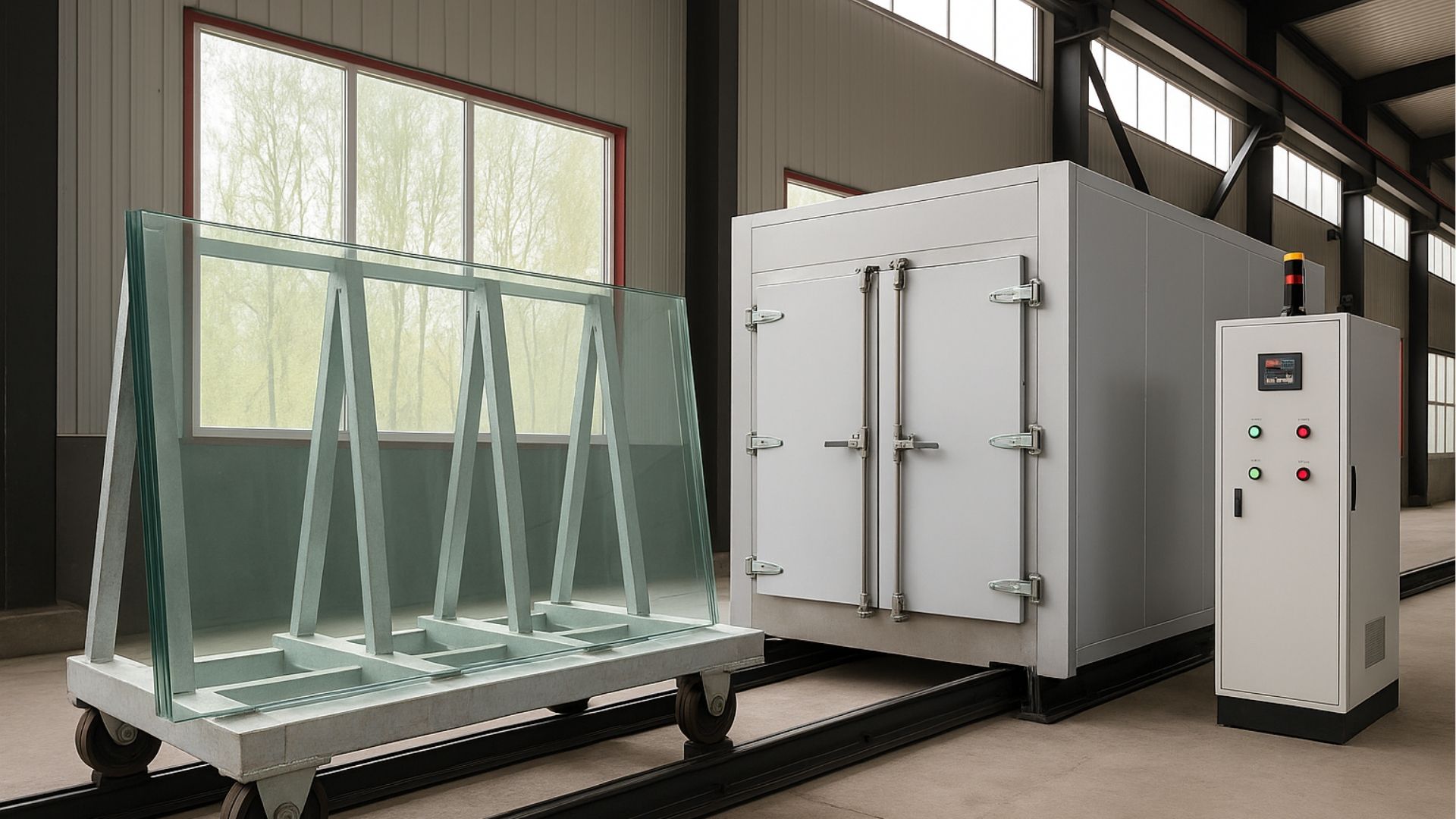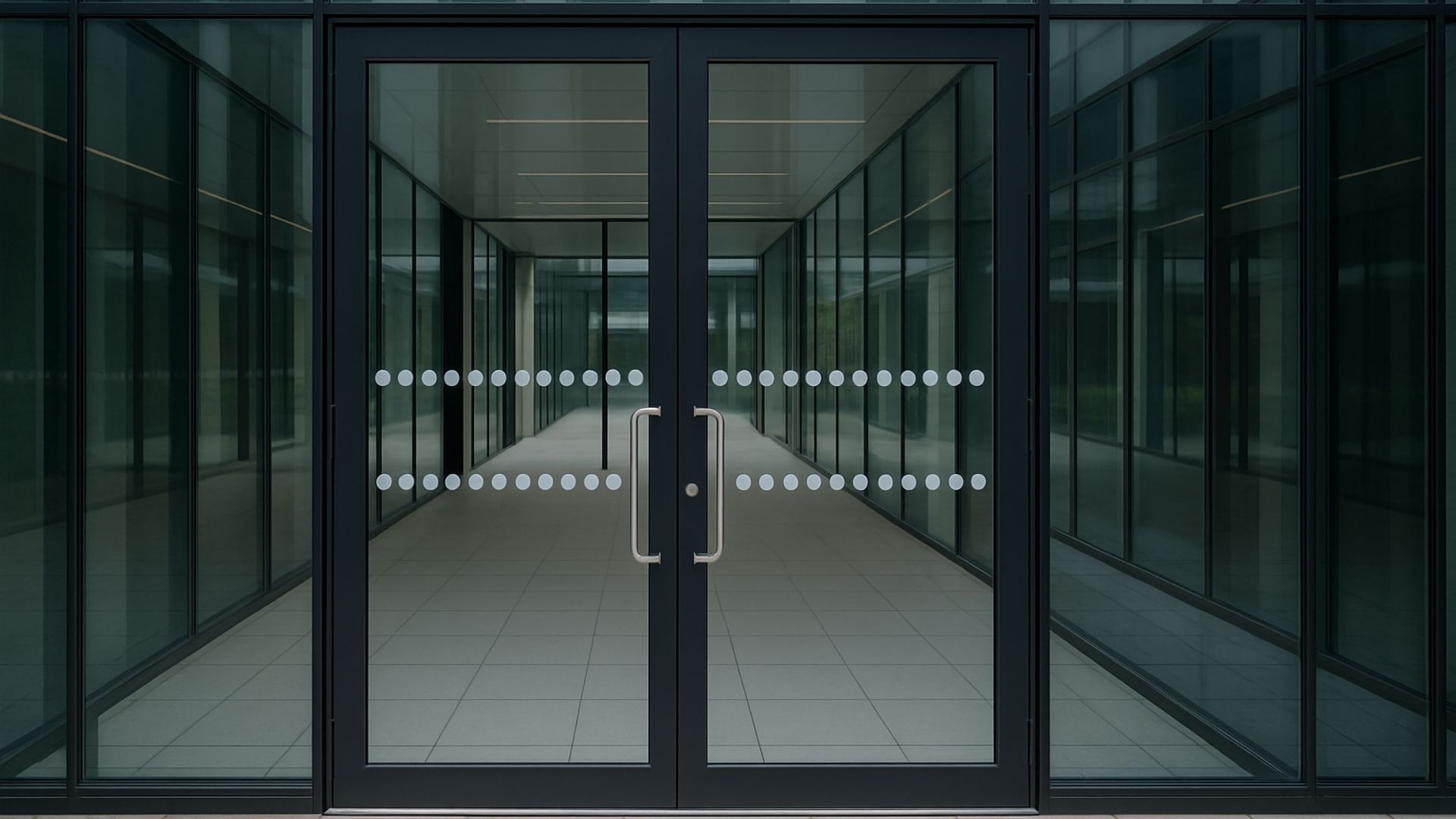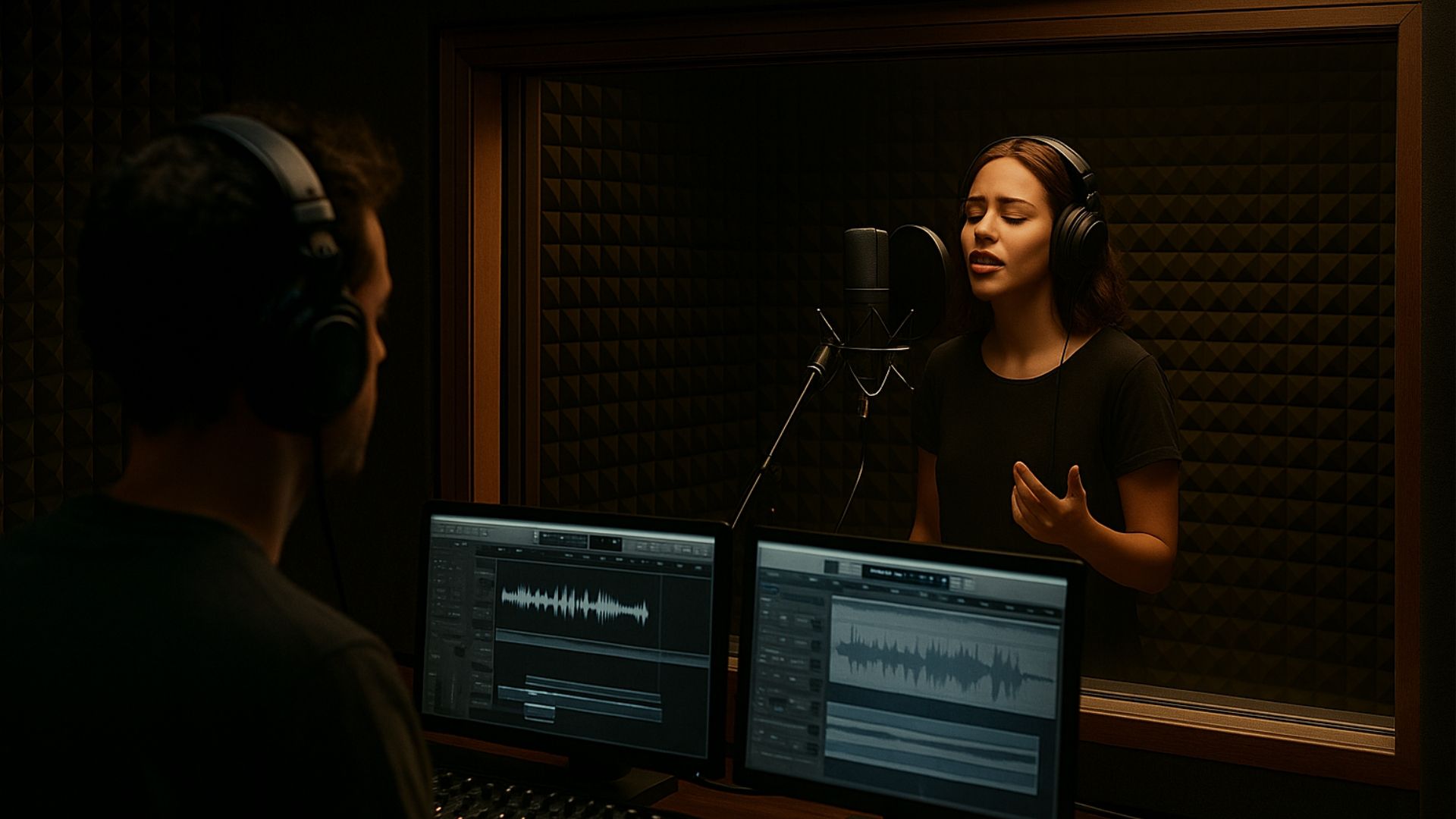How glass is used for special effects
Share this blog:
Ever wondered how films safely break glass? Learn about stunt glass, toughened glass and more in our blog.
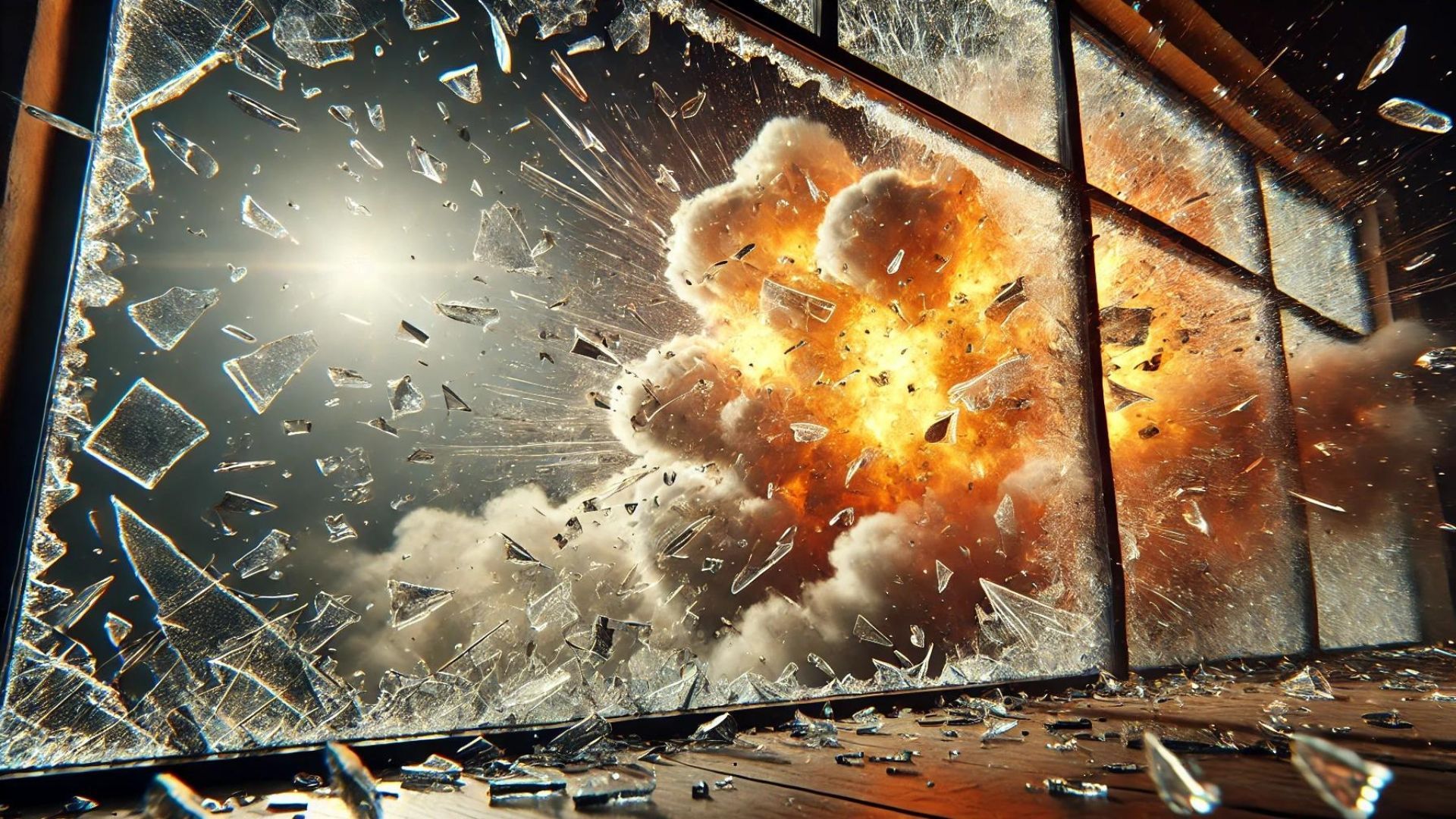
Film director Tamer Mohsen once said in an interview that "cinema is the art of illusion". Even the most realistic and grungy film will use visual tricks to tell its story – and nowhere is this more apparent than in the use of special effects.
Yes, we hate to break it to you, but Indiana Jones isn't actually running from that boulder. It's all thanks to the stunt and effects department – one of the busiest and most ingenious teams in the production of modern movies.
One clear example of this is when a film shows glass shattering. In the early days of cinema, a director might have actually smashed a piece of glass on set. The famous snow globe in
Citizen Kane, for instance, was dropped and shattered. What you see is what you get.
But today, health and safety regulations mean that films make use of stunt glass, digital effects and safety glass – especially in action films when glass is exploding all over the place.
It's innovations like these that let a superhero crash through a skyscraper window unscathed. Without these tricks of the trade, thrillers would be, well, a little less thrilling.
In this article, we take a look at some of the ways that filmmakers break glass on set.
Sugar glass
Sugar glass – also known as candy glass and breakaway glass – is an industry staple. It's regularly used for breakable props in movies, the theatre and professional wrestling. But in essence, it's just half-finished candy.
You see, sugar glass is created by dissolving sugar in water and heating it to the "hard crack" stage of candy-making. The brittle results can be formed into flat glass sheets, bottles, drinking glasses, bowls, plates and more.
Next time you watch a movie and someone breaks a glass over someone else's head, chances are you're looking at sugar glass in action. It's an ingenious product that's been integral to some of the most exciting scenes in cinema.
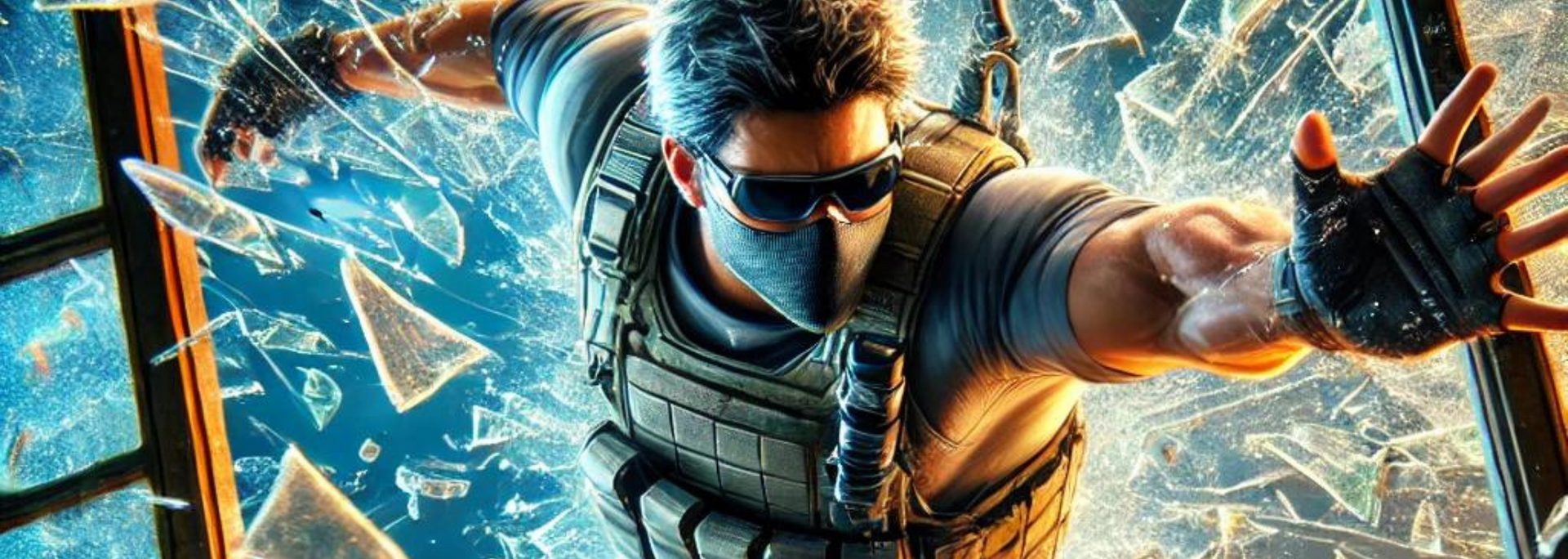
Oh, and a bit of TV trivia for you: the methamphetamine in Breaking Bad was made from sugar glass dyed blue. Actor Aaron Paul would eat it during filming!
But sugar glass isn't the only type of stunt glass. There's also breakaway resin and rubber glass.
Breakaway resin
Breakaway resin glass is made from synthetic resins. It does the same job as sugar glass, shattering realistically without injuring actors or crew.
But it has a couple of advantages over sugar glass. First, it can be stored for a lot longer, making it a more environmentally friendly product. It's also said to provide more realistic sounds and visual effects.
Rubber glass
When an action scene involves broken glass, there'll typically be a sequence where actors are walking on the shattered remnants. These shards are usually rubber glass: a catalysed silicone product made out of two liquids, which are left to solidify and then crumbled into glass-like pieces.
Rubber glass allows actors to simulate walking on broken glass without putting them at risk of injury. It can also be floated in water to look like crushed ice.
Digital effects
These days, all mainstream films use digital after-effects. It's only a handful of low-budget, independent films that eschew them entirely.
In the case of breaking glass, digital effects are extremely common. They allow directors to up the drama without any compromise to the safety of the cast and crew. Pretty much any blockbuster you see will use a combination of stunt glass and digital effects.
Toughened glass
So far, we've looked at artificial forms of glass made from sugar, resin and rubber. But filmmakers also use glass itself – toughened glass, to be precise.
Let's say you're filming a scene where an actor fires a gun into a glass window. You want it to break in a satisfying shower of shards. But how do you achieve this without putting your actors at risk?
The answer is toughened glass. This is a kind of "safety glass" that breaks into lots of little pieces rather than large shards.
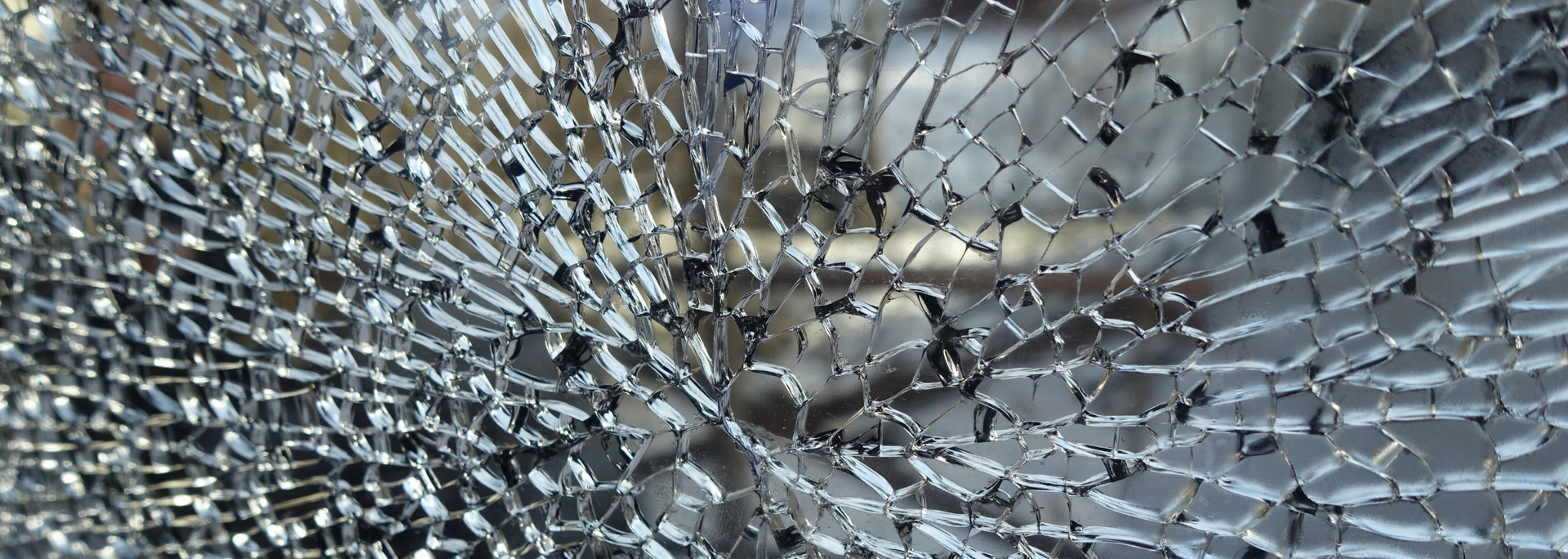
It breaks like this as a result of the manufacturing process. The glass is heated at a very high temperature (usually around 650°C) and then cooled rapidly.
This sudden change in temperature excites the molecules in such a way that when the glass breaks, it crumbles into blunt pieces rather than snapping into jagged shards.
Toughened glass can also be laminated. This means that when shattered, it stays in its frame. This is what happens when car windscreens get broken.
Of course, in a scene where an actor fires a gun into a glass window, they're not using a real gun. Instead, they use a glass popper – a nail in a tube that breaks the glass with the least force possible.
Most of the time, sugar glass is used for breaking glass on movie and theatre sets. But toughened glass is another tool in the stunt department's toolbox.
Other uses of toughened glass
Toughened glass is used on movie sets because it's tough and stable. But that's just one use from a very long list.
Toughened glass is also used for car windows, frameless glass shower doors, sliding doors, windows, skylights, glass facades, glass balconies… the list goes on.
What's more, it's endlessly customisable. It can be
coloured, patterned or
printed with a logo, slogan or other design. It can be made "smart" –
switchable from transparent to opaque with the touch of a button. It can be strengthened even further to withstand
bandits,
bullets and
bombs.
It's one of the most versatile glass products on the market today – so it's no surprise that it's been embraced by the film industry for special effects.
At ToughGlaze, we supply high-quality
toughened glass that can be cut and treated to meet your requirements.
Get in touch today for a quick, competitive quote.

